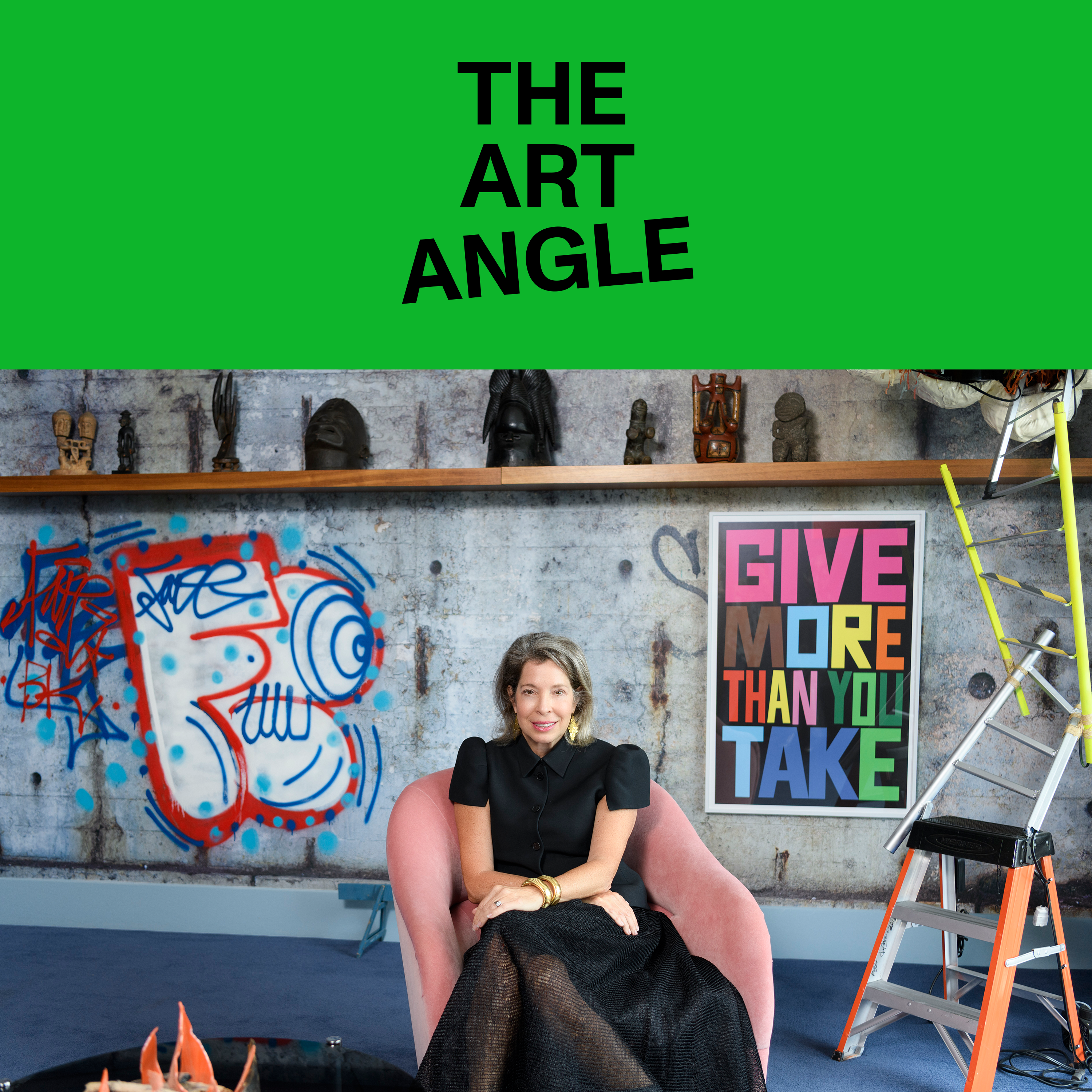
Over the past 200 years, a museum in New York has quietly grown to become one of the city’s most esteemed cultural institutions. You might think I’m talking about the Metropolitan Museum of Art or the MoMA, but no, it’s the Brooklyn Museum.
Founded in 1823 as a community library which later merged with the Brooklyn Institute, the Brooklyn Museum is now firmly fixed on the city’s cultural landscape. Its James Polshek-designed glass facade is immediately recognizable. It comes backed by a collection spanning historical artifacts and contemporary art, and it remains dedicated to reflecting the diversity of the borough it calls home.
Recently, the museum has grabbed headlines for high-profile shows from “Giants,” a very starry showcase of Alicia Keys and Swizz Beatz’s collection, to “It’s Pablo-matic,” the Picasso retrospective curated by comedian Hannah Gadsby, which caught a lot, a lot of heat.
But behind those headlines, the museum has been programming for its community. It has staged crowd-curated exhibitions, hosted pop-up markets, and served as a polling station. Its Spike Lee exhibition last year was accompanied by events including ASL and stroller tours intended to engage the community with a filmmaker who was also born and bred in the borough.
For almost a decade, the Brooklyn Museum has been led by director Anne Pasternak. She has sought to balance the needs of its audience as well as the evolving role of a cultural institution. It’s a position that’s been rewarding as much as it has been challenging. Ahead of the museum’s 200th anniversary, I caught up with Anne, who shared more about the opportunities and headwinds facing the Brooklyn Museum today and what it means to lead the institution into its third century.
—Min Chen